A Pepper Spice Chart That’ll Make Your Taste Buds Dance (and Your Kitchen Smell Amazing)
Table of Contents
- Introduction to the Pepper Spice Chart
- Understanding the Pepper Spice Chart
- Practical Tips for Using the Pepper Spice Chart
- Buying Guide: Choosing the Right Peppers
- Conclusion
Introduction to the Pepper Spice Chart
Peppers are one of the most versatile and flavorful ingredients in the world of spices. Whether you're a seasoned chef or just starting out in the kitchen, understanding the pepper spice chart can help you elevate your cooking and make informed choices when it comes to heat, flavor, and aroma. In this article, we’ll explore what the pepper spice chart is, how it works, and why it’s essential for anyone who loves food.
Understanding the Pepper Spice Chart
The pepper spice chart is a visual guide that categorizes different types of peppers based on their heat level, flavor profile, and typical uses. It’s designed to help cooks and spice enthusiasts understand which peppers work best in certain dishes, whether you’re looking for a mild kick or an intense fiery experience.
How Heat is Measured
Heat from peppers is measured using the Scoville scale, which measures the concentration of capsaicin—a compound responsible for the spicy sensation. The higher the Scoville rating, the hotter the pepper.
| Pepper Type | Scoville Rating | Flavor Profile | Common Uses |
|---|---|---|---|
| Jalapeño | 2,500–8,000 SHU | Mildly spicy with a grassy flavor | Quesadillas, salsas, stuffed peppers |
| Serrano | 10,000–25,000 SHU | Sharp, tangy, and slightly fruity | Guacamole, salsa, pickling |
| Habanero | 100,000–350,000 SHU | Smoky, citrusy, and floral | Hot sauces, marinades, chutneys |
| Ghost Pepper | 855,000–1,041,450 SHU | Intensely hot with a smoky aftertaste | Spicy curries, extreme hot sauces |
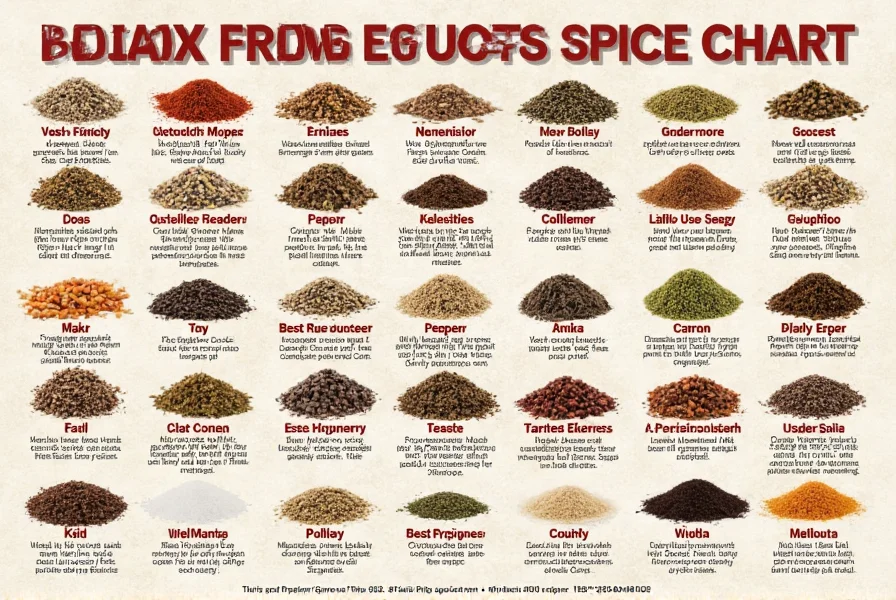
Practical Tips for Using the Pepper Spice Chart
Now that you understand the basics, here are some practical tips to help you use the pepper spice chart effectively:
- Start with small amounts: If you're new to a particular pepper, start with a small quantity and taste as you go. You can always add more, but you can’t take it away.
- Know your heat tolerance: Some people prefer milder flavors, while others love the burn. Use the chart to match the pepper to your personal preference.
- Pair with complementary flavors: Spicy peppers often pair well with acidic, sweet, or creamy elements. Think of lemon juice, honey, or yogurt to balance the heat.
- Experiment with combinations: Mixing different peppers can create unique flavor profiles. Try blending a jalapeño with a habanero for a sweet and spicy twist.
- Store properly: Fresh peppers should be stored in the refrigerator, while dried peppers can be kept in airtight containers. Proper storage helps maintain their flavor and potency.
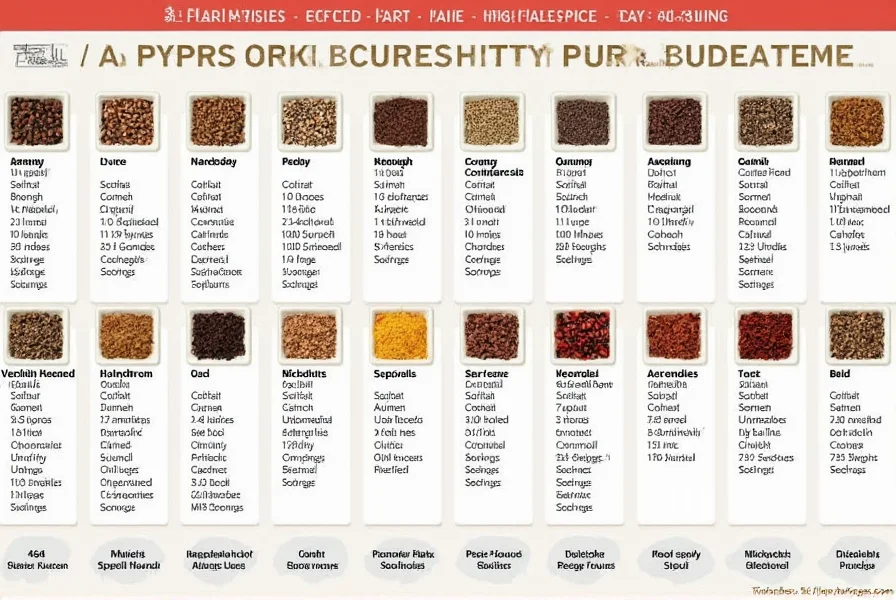
Buying Guide: Choosing the Right Peppers
When shopping for peppers, consider the following factors to find the perfect match for your recipe and taste preferences:
Features & Advantages
- Flavor variety: Different peppers offer unique flavor profiles. For example, bell peppers are sweet and mild, while cayenne adds a sharp heat.
- Heat level: Use the pepper spice chart to choose a pepper that matches your desired level of spiciness.
- Use cases: Some peppers are better suited for raw applications, while others shine when cooked. For instance, poblano peppers are great for roasting, while chipotle peppers are ideal for smoky dishes.
Target Audience
This guide is perfect for:
- Cooking enthusiasts looking to expand their spice knowledge
- Home chefs wanting to enhance their recipes with authentic heat
- Foodies interested in exploring global cuisines through peppers
Suitable Occasions
Whether you're preparing a casual dinner, hosting a party, or experimenting in the kitchen, the right pepper can make all the difference. Here are some occasions where knowing the pepper spice chart is especially useful:
- Weeknight meals: Choose milder peppers like jalapeños or poblanos for a quick and tasty dish.
- Weekend cookouts: Opt for spicier varieties like ghost peppers or scotch bonnets for a bold, crowd-pleasing flavor.
- International cuisine: Different cultures use peppers in unique ways—try Thai bird chilies for curry or Mexican serranos for salsa.
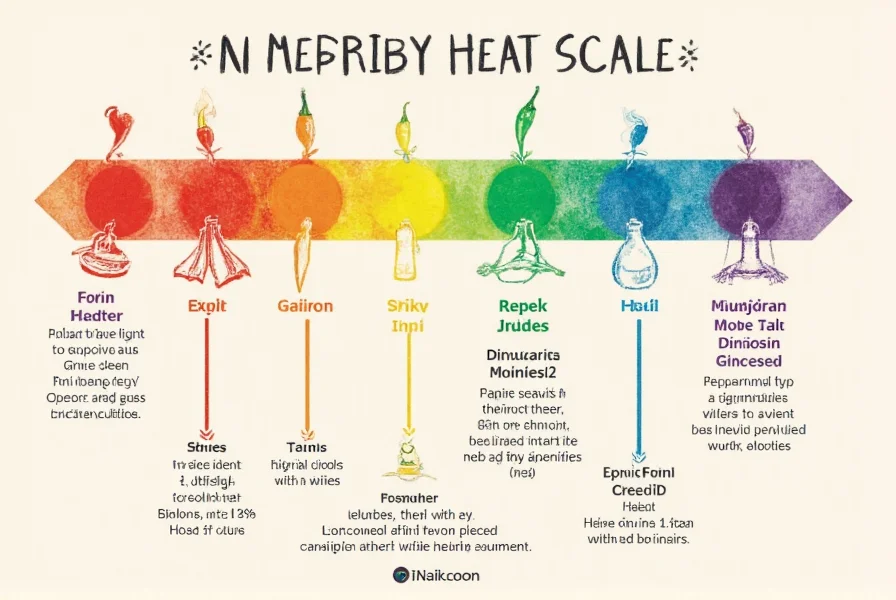
Conclusion
The pepper spice chart is an invaluable tool for anyone who wants to deepen their understanding of peppers and how they enhance the flavors of their favorite dishes. Whether you're a beginner or a seasoned cook, mastering the chart can transform your cooking experience and help you achieve the perfect balance of heat and flavor. So next time you reach for a pepper, remember—knowledge is power, and the right choice can make your meal unforgettable.
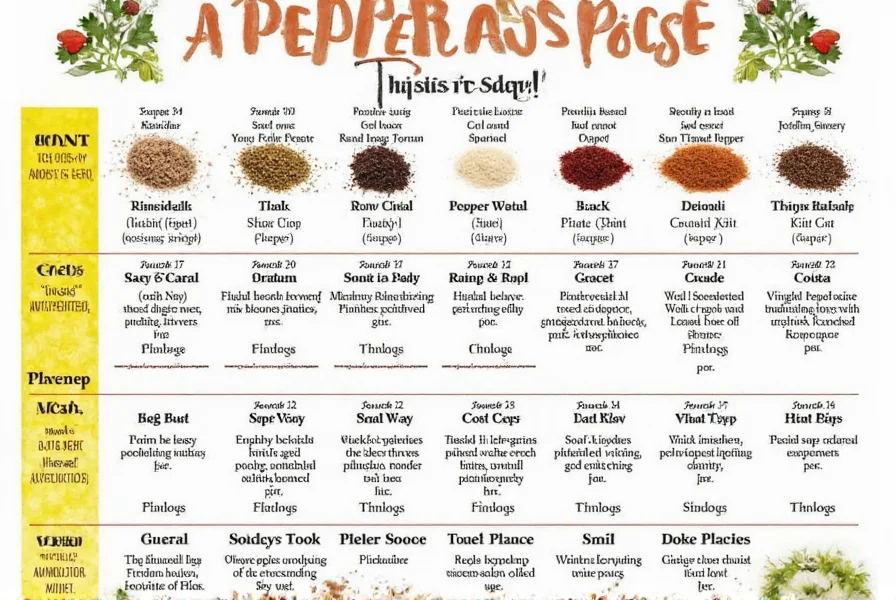
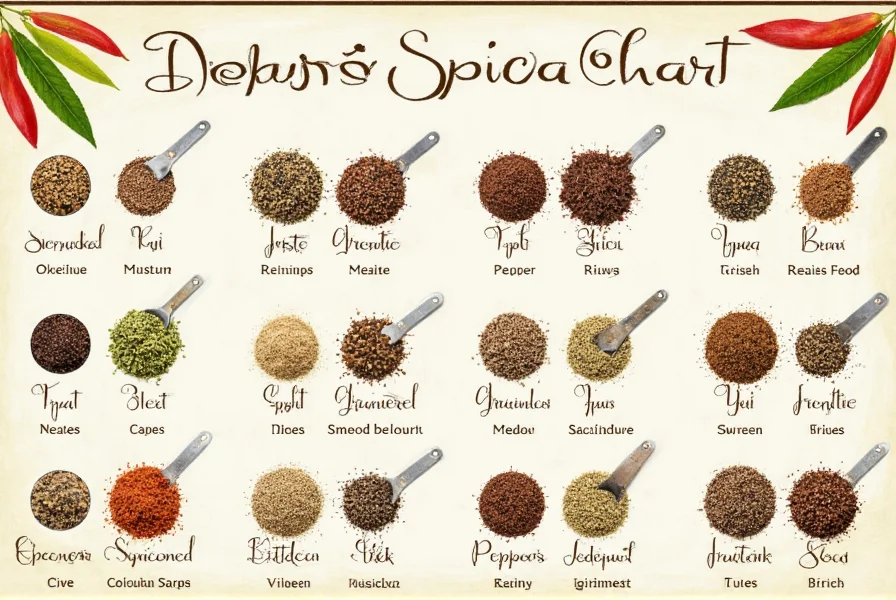

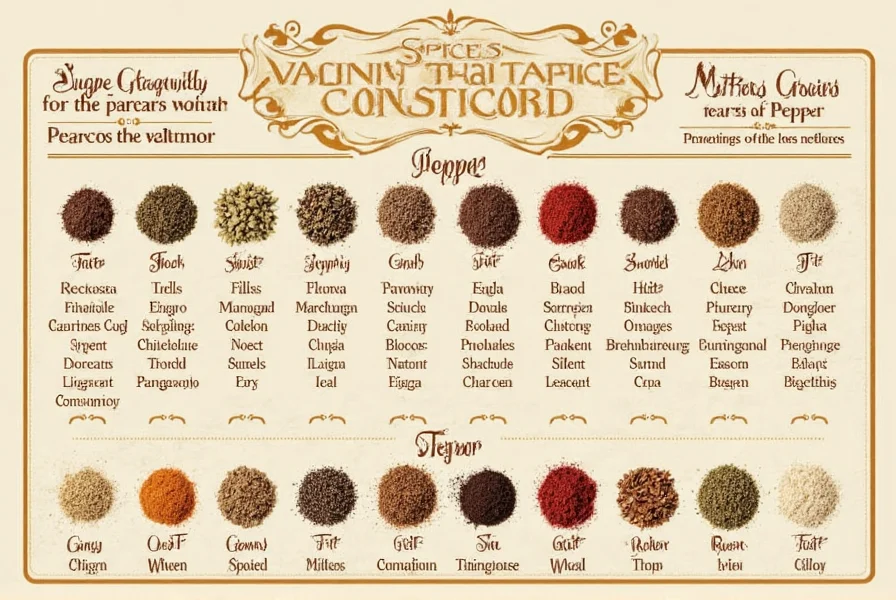









 浙公网安备
33010002000092号
浙公网安备
33010002000092号 浙B2-20120091-4
浙B2-20120091-4